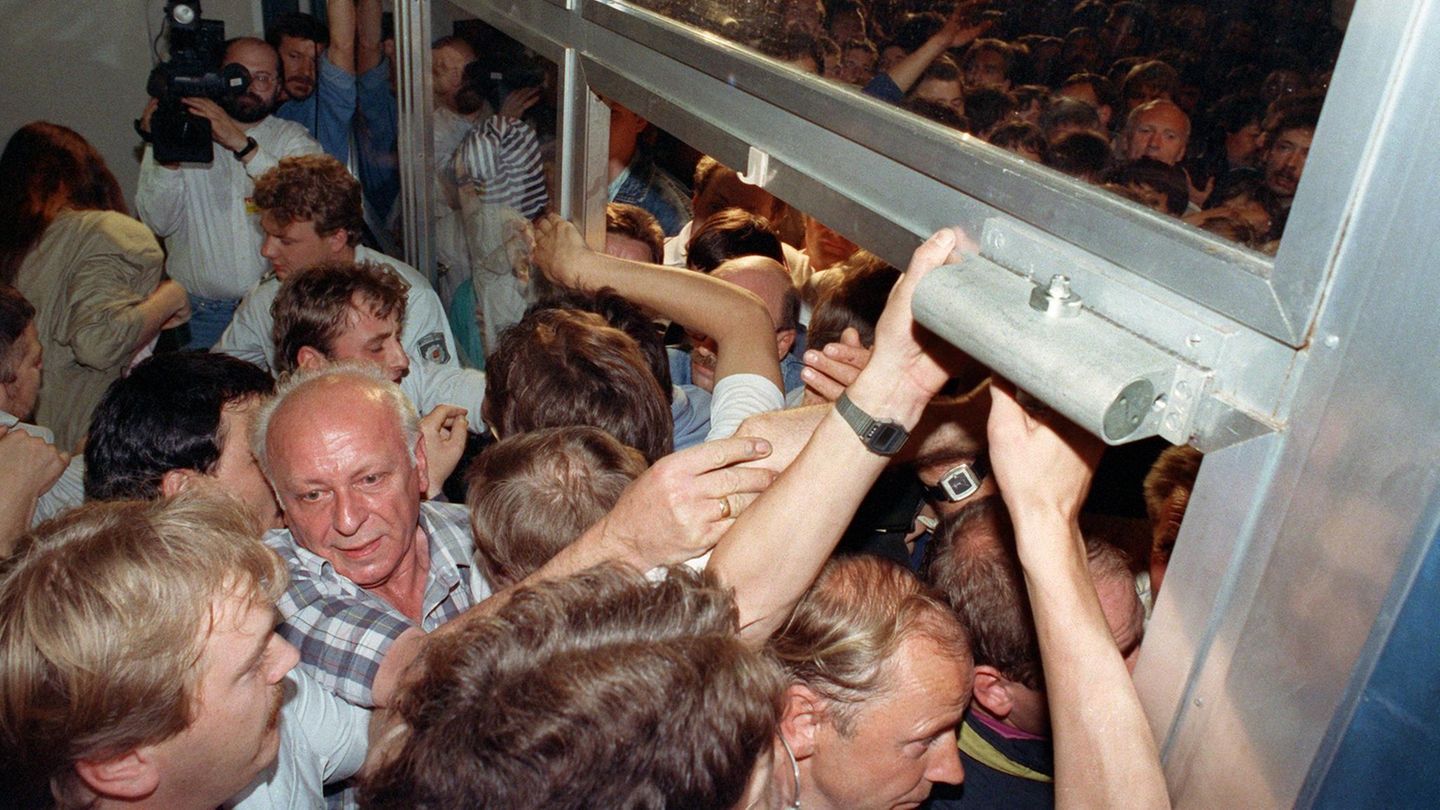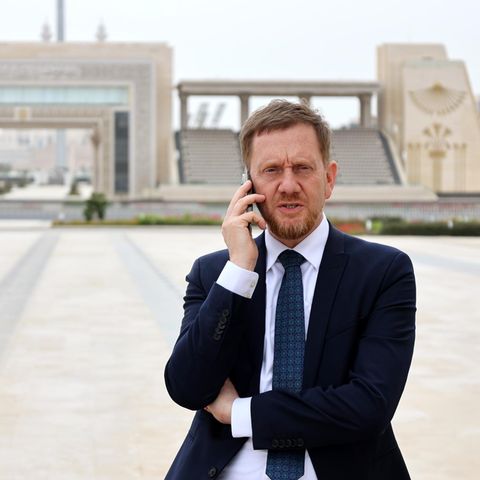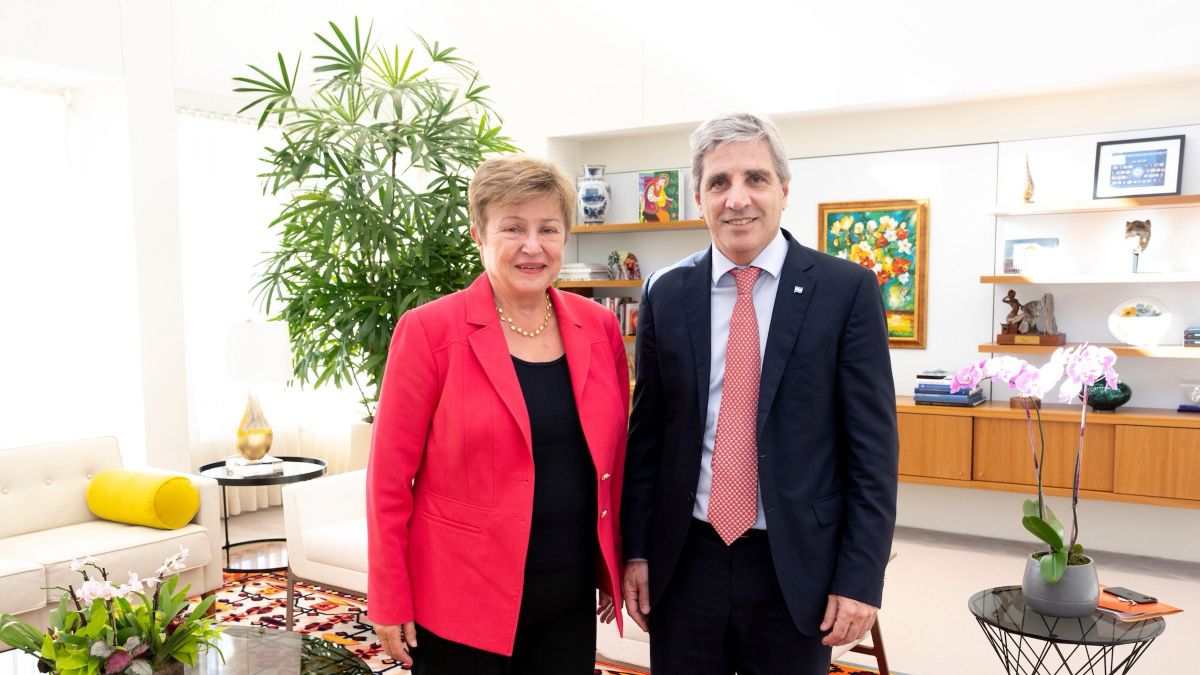Column: very close east
The summer in which I wanted to be Wessi
Copy the current link
Add to the memorial list
The GDR citizens were equipped with D-Mark 35 years ago. The consequences of the monetary union can still be felt today, for good and bad. And this is my story.
When we talk about German unity, we move on data such as November 9, 1989 or October 3, 1990. The day, which changed the everyday life of East Germans at least as well, is often only fleetingly mentioned. However, just as the currency reform in the western occupation zones showed the German division in the western occupation zones, the monetary and business union was already reunited on July 1, 1990.
Almost everyone who lived in the GDR connects at least one story with this turning point. My story even has a prequel. It begins two years earlier in the summer of 1988.
My life before the monetary union
I was 16 and traveled with my family for the first time. We drove the night train to Slovakia, which was part of the ČSSR at the time, the Czechoslovak Socialist Republic. From Poprad we went to the Hohe Tatra, to the pod Pod Lesom, where we lived in the apartment of a friend of a friend of a friend.
The deputate of Czechoslovak crowns, the exchange of which had granted us the GDR-OBREIT for a two-week stay, went for the accommodation for the most part, which is why we stayed out of the suitcase with canned food.
I still remember my high mountain premiere on the fogged summit of the Rysi. I stood in the ČSSR with one foot and with the other in the People’s Republic of Poland, and I found myself really internationalist.
Below, in the valley, between the other holidaymakers, I felt second or even third-class. The leading class consisted of FRG citizens, also called Bundis. They were probably not necessarily one of the richest where they came from. But here, in the Eastern Bloc, even West Germans with Opel Kadett and Woolworth shirt were the absolute chief chiefs.
They just had to exchange their money for the black market course in the local currency. And they already dined for a few tired D-Mark in the noble hotel in Starý smokovec. In the mountain huts, she cost the starpramas that had previously dragged adventurally packed students upwards, the equivalent of only a few pennies.
The tourist middle class, in turn, consisted of Hungary or Czechs, or also of better-off GDR people, aka party bon aka. However, we were part of the third -class majority of those East Germans who undercrox or camp in private quarters and made the brought with benzincic. If you could, you had smuggled a few D-Mark from the west relatives into the country for an emergency.
Very close east
star-Autor Martin Debes reports primarily from the five eastern federal states. In his column, the native Thuringian writes what is going on in the very Middle East – and in himself
The Tatra vacation was a humiliation experience, even if I didn’t let it up at the time. But then, just a year later, the wall fell on the occasion of my legal age. What a timing. I took part in the first free elections and then completed the last GDR high school diploma (without civil liber). After that I was ready to become a Bundi, or just wessi, as it was called recently. After all, I was only 18 and still sufficiently formable.
On July 1, 1990, the contract for the currency, economic and social union between the Federal Republic of Germany and the German Democratic Republic came into force. 25 billion D – marks were transported to the GDR that was just still existing – and we also got a little bit of it. If I remember it correctly, every adult citizen was allowed to exchange 6000 GDR marks for an incredible course from 1 to 1 in D-Mark and the rest 1 to 2.
We wanted to belong
My parents had already acquired a used car through Cologne relatives in June, just in time before the remaining 17 million East Germans came up with the same idea. And we decided to go back to the Hohe Tatra. It was cheap for us there too.
We traveled immediately after July 1, hardly that we had the D-Mark. Now we also belonged to the elite, with red Fiat Uno and C&A-T-shirt. We just lacked a bit of the corresponding class consciousness. We had stayed back in Pod Lesom and did not venture into the noble hotel restaurants for the time being.
It was strange. After I felt third-class two years earlier, I was now struggling with my new VIP status. Nevertheless, I worked hard on my adaptation. I smoked Marlboro to Coca-Cola, tipped starpramas on the Terry hut and bought the Milka in the Slovak Intershop. I wanted to belong.
The sequel follows. My community service started after the summer. The Militarized GDR had become as liberal shortly before her exitus that the FRG had never been until then. I didn’t have to refuse anything and no longer serve than a soldier and was even allowed to choose my place of work.
I chose the village beautification brigade known to me from previous holiday jobs. As a result, I received the full Bundeswehr soldier plus food and clothing allowance, even though the official association was still off.
However, the job was a little different than I had experienced before. During the holidays I had headed coal with two community workers or mowed the lawn in the spa park, and spent the time in between with a ritual that was called “a fuffeen” and consisted of an at least quarter of an hour smoking break along with beer consumption.
Life afterwards
But July 1 had changed a lot. Suddenly there was a building yard plus job creation measure, ABM for short, with almost a dozen employees. Because with the monetary union, the personnel costs of the GDR farms had exploded, after all, the working people, who are now called employees, had to be rewarded with west money. In the same logical second, the Eastern European sales market, especially Eastern European sales market, had collapsed because customers should pay with D-Mark they did not have. Even the common East Germans could no longer buy VEB or LPG products.
The large glass work, which employed several thousand people in the nearby city, was the first capitalist measure to release its craftsmen, without whom it would never have been possible in the socialist planned economy. The porcelain factory made it similar. And so the civil service provider Martin assisted Martin Armin, the roofer Peter or the bricklayer Gerhard, while building community -owned houses or building semiconducts through the forest. In winter we sipped all the collective snow, which was still very abundant at the time. Unfortunately there were only a few “fuffeen”, but “Golden American” instead of “Karo”.
At the same time, the trust, which had taken over the privatization and handling of the former state businesses with the monetary union, developed her, well, how I now formulate the kindest: ambivalent work. The glass work was closed and then the porcelain factory.
After the last transition rules in the faded GDR had expired, the economic things finally took their course, with the well -known social, demographic and psychological consequences, with whose political derivations we are faced 35 years later.
I had imagined all of this a little differently, back then, last summer the GDR in which I wanted to be Wessi. After all, I wasn’t alone with my errors.
You can find all Martin Debes columns published so far .
Source: Stern
I have been working in the news industry for over 6 years, first as a reporter and now as an editor. I have covered politics extensively, and my work has appeared in major newspapers and online news outlets around the world. In addition to my writing, I also contribute regularly to 24 Hours World.






